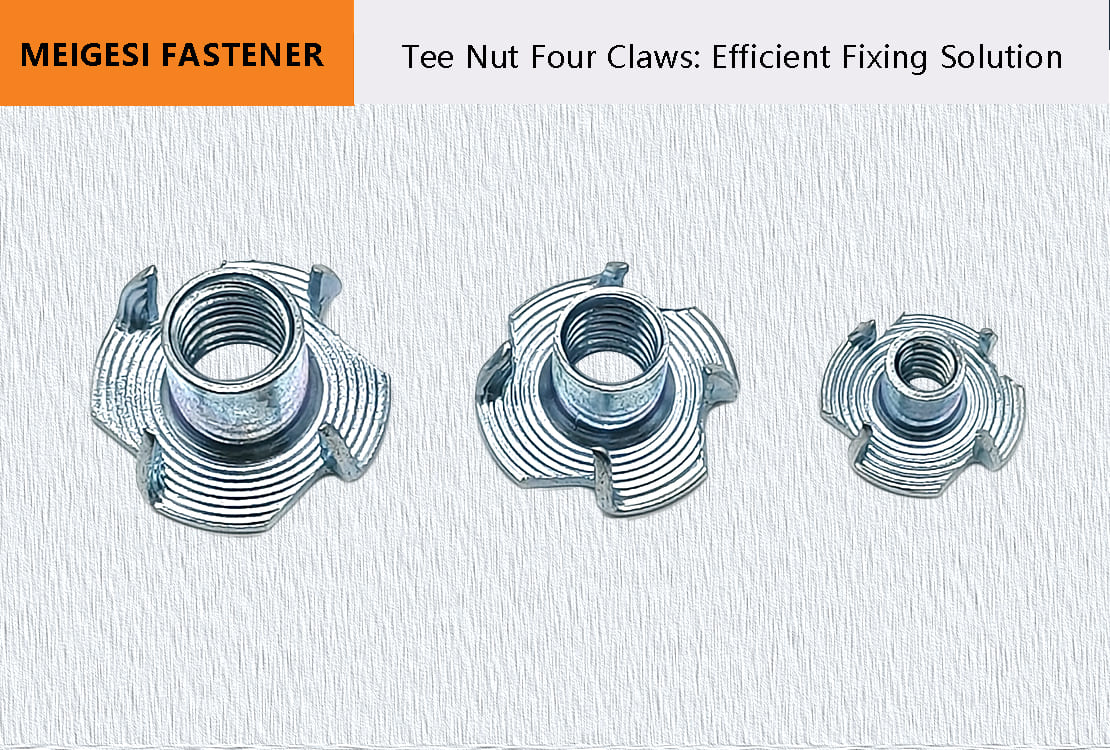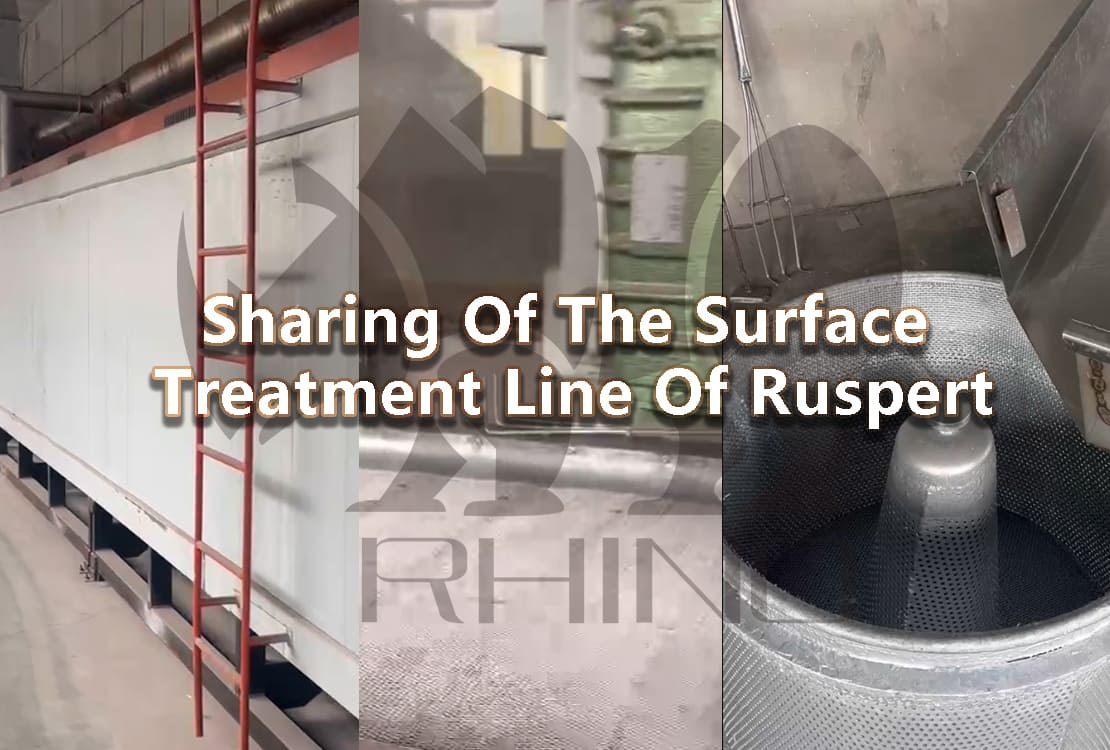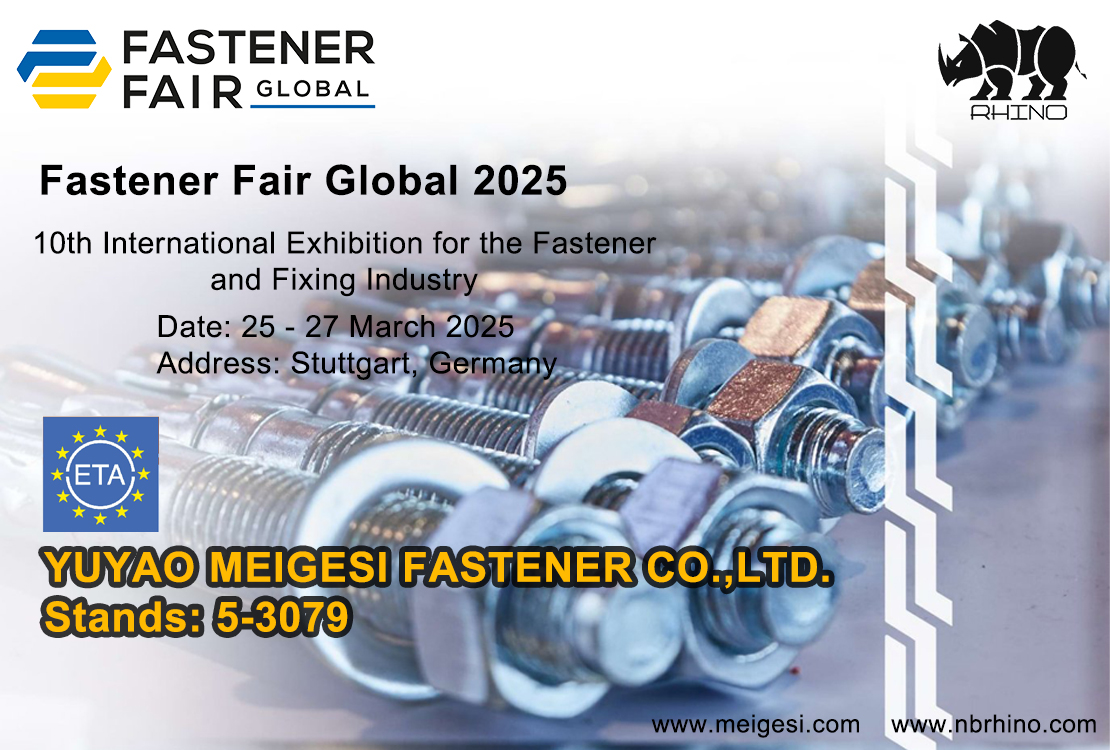
Surface decarburization is the phenomenon in which all or part of the carbon in the surface layer is lost due to the action of the surrounding atmosphere when carbon steel is heated and kept warm.
Surface decarburization leads to a reduction in the carbon content on the surface of steel. Specifically, the carbon in steel reacts with oxygen and hydrogen at high temperatures, producing gases such as methane, carbon monoxide, carbon dioxide, or water, thereby reducing the carbon content on the steel surface. This reduction in surface carbon content causes the steel to lose strength and soften, decreasing its wear resistance and corrosion resistance. Consequently, the toughness of the steel is affected, leading to issues such as thread slippage and disengagement.

To address the issue of surface decarburization in materials, it's crucial to understand why it occurs in the first place. The principle behind surface decarburization is that when carbon steel is heated and held at high temperatures, the surrounding atmosphere causes the carbon in the surface layer to be completely or partially lost. Thus, the factors influencing surface decarburization are the quality of the carbon steel itself and the external temperature. Specifically, the reasons can be classified as follows:
1. Oxidizing Atmosphere: In an oxidizing atmosphere, the carbon elements on the surface of steel materials react with oxygen, hydrogen, or carbon dioxide at high temperatures, forming carbon monoxide or methane. This reaction causes the carbon elements to be lost, creating a decarburized layer.
2. Heating Temperature: The higher the heating temperature, the more severe the decarburization. At high temperatures, the oxide layer on the steel surface loses its protective effect, and the diffusion rate of carbon increases, leading to a deeper decarburized layer.
3. Heating Time: The longer the heating time, the thicker the decarburized layer. Prolonged exposure to high temperatures causes a significant loss of carbon elements, forming a thicker decarburized layer.
4. Chemical Composition of Steel: Higher carbon content in steel makes it more prone to decarburization. Certain elements such as aluminum, silicon, and tungsten promote decarburization, while elements like manganese, chromium, and phosphorus can inhibit it.
From this we can conclude that decarburization mainly occurs in the heat treatment and annealing stages. In addition, the raw materials themselves are also an important factor.

To address this issue, we should consider the following conventional measures:
1. Control Heating Atmosphere: Use protective atmosphere or vacuum heating during the heating process to reduce the contact with oxidizing gases.
2. Control Heating Temperature: Avoid high-temperature heating, especially in the temperature range above 800°C, to minimize carbon loss.
3. Reduce Heating Time: Shorten the heating time as much as possible to reduce the loss of carbon elements.
4. Use Appropriate Steel: Choose steel with a moderate carbon content that is less prone to decarburization, or apply protective coatings on the steel surface.

When the workpiece has surface decarburization, it does not have to be scrapped. In order to save costs, we can also remedy these workpieces with surface decarburization. The following are several commonly used remedial methods:
Mechanical Grinding: Remove the surface decarburized layer by grinding, then polish to restore surface smoothness.
1. Electrolytic Treatment: Use electrolysis to remove the surface decarburized layer and restore the original properties of the metal.
2. Chemical Treatment: Treat the surface with appropriate chemical agents to remove the decarburized layer and prevent further oxidation.
3. Coating Restoration: After removing the decarburized layer, reapply an anti-oxidation or protective coating to improve corrosion resistance.
4. Heat Treatment: Perform appropriate heat treatment on the metal to restore its crystalline properties and reduce the impact of decarburization.
These are the relevant knowledge we know about surface decarburization. If you have any questions, you can always contact us to discuss. Yuyao Meigesi provides the most suitable products for you. Whether you need high quality or low price, we can meet your needs. You can click on our products to see if there is the product you need.
You can also continue to browse our other articles.













